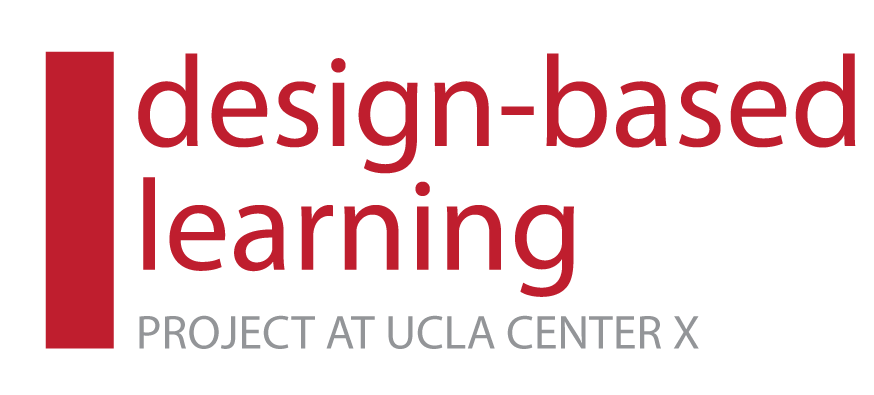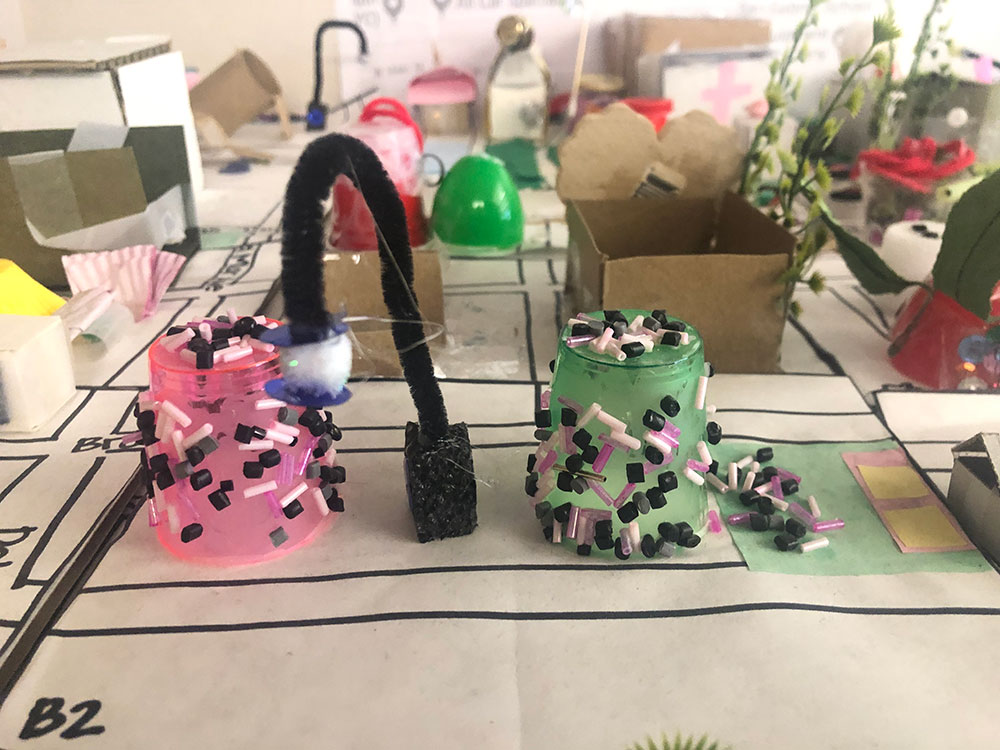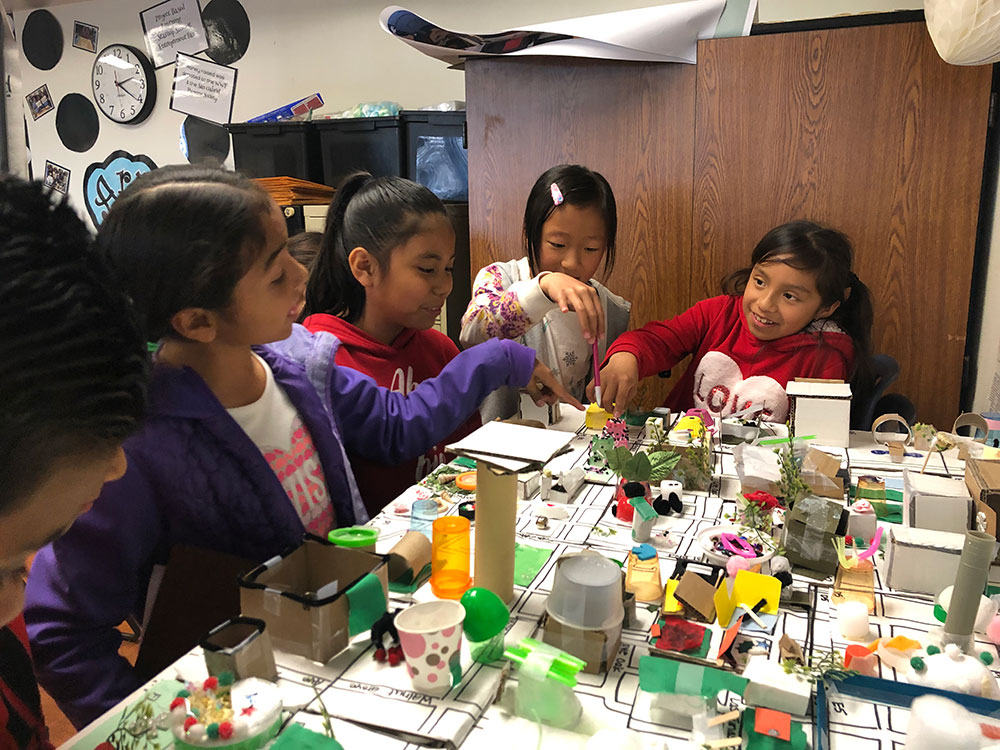Using Design-Based Learning builds a student-centered community in the classroom. Students play an active role in learning through intentional play. As lessons progress, students gain confidence, practicing leadership skills, explaining and justifying their thinking, and collaborating with classmates while the teacher acts as a facilitator, or guide.
Centering teaching and learning around the student-built 3-Dimensional artifacts–an avatar, a shelter, a starter city–, opens up the high-level thinking skills that propel creative thinking and expression. Students practice how to transfer their learning and apply it to new situations, an invaluable skill in an ever-changing global environment.
The building and running of a Starter City (or business, biosphere, civilization, or other model) promotes shared problem solving and fosters civic engagement through a social justice lens. Students imagine creative solutions to challenges that arise in the City and in the world around them which sends students on a journey of high-level creative thinking and self-expression, readying them to learn the required content. The revision process invites students to apply content knowledge and learn from making mistakes.
Design-Based Learning classrooms encourage students to explore powerful ideas, including universal concepts, principles, and themes, including Identity, Community, Protection, etc. DBL authentically combines the principles of Universal Design for Learning, Project Based Learning, and Inquiry-Based Learning, providing teachers with an impactful methodology to meet the academic requirements and social emotional learning needs of diverse learners.



